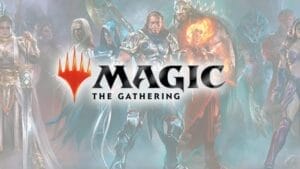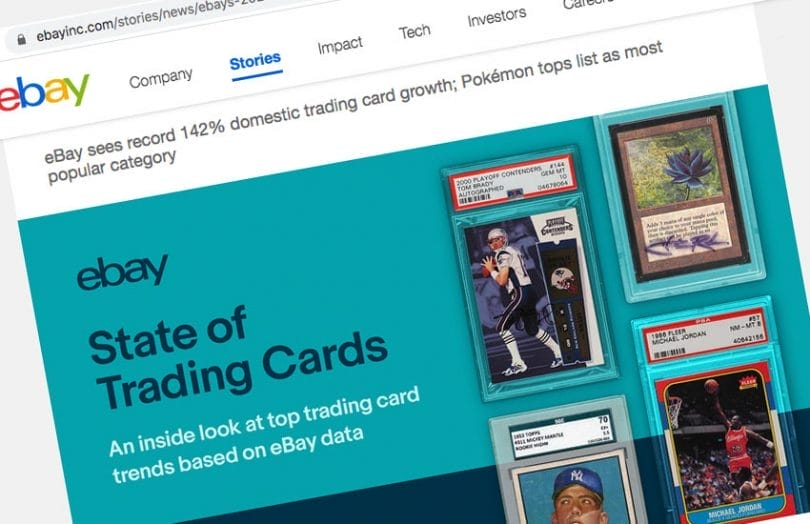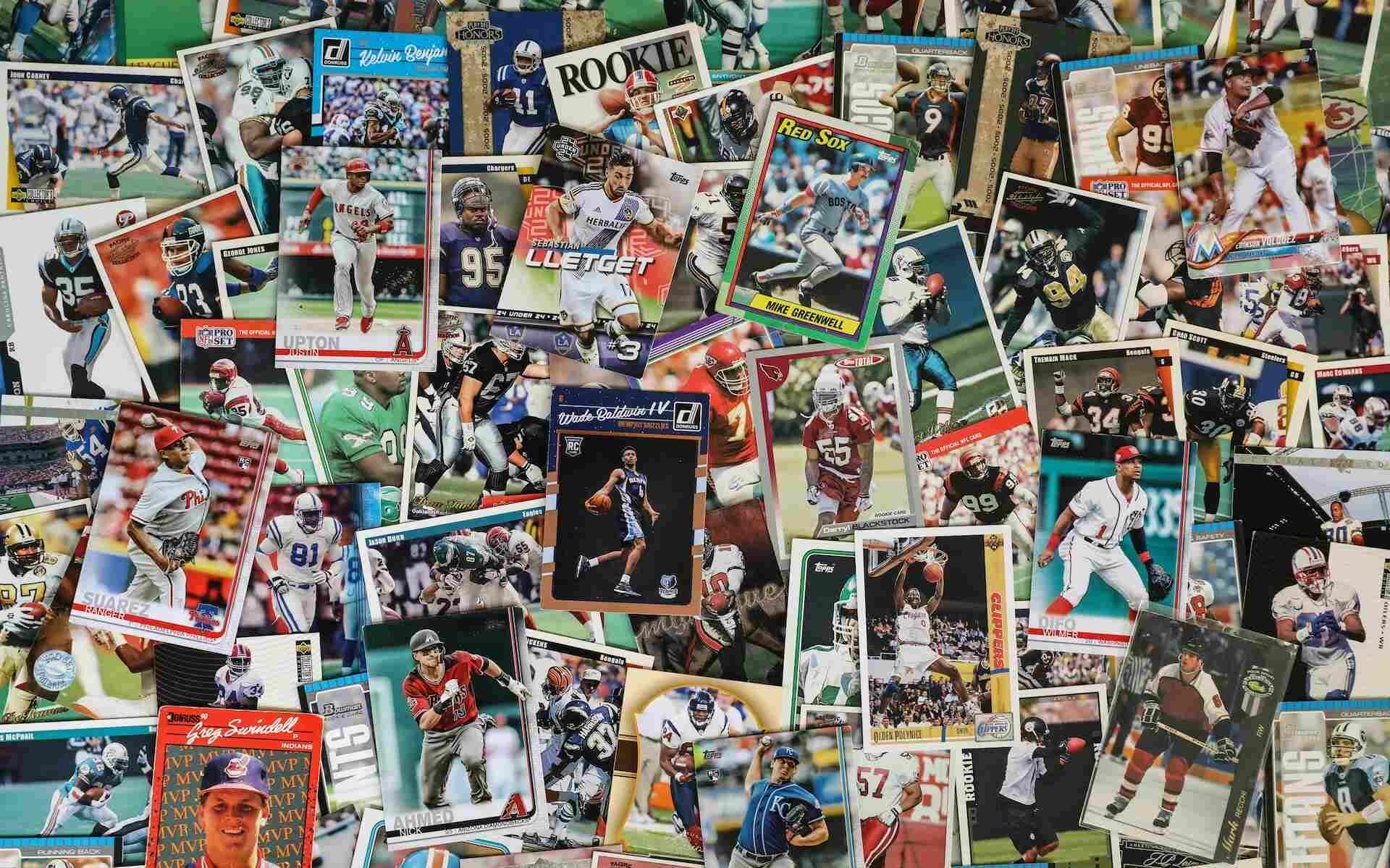
Introduction
Welcome to our exploration of the history of trading cards. This blog post will take you on a journey through time, tracing the origins and development of sports and entertainment cards. We will delve into the history of these collectibles, examining their transformation from simple mementos to valuable assets. From the earliest baseball cards to the latest digital trading cards, we will cover it all.
Significance of Trading Cards in Culture and Society
Trading cards have played a significant role in our culture and society. They have served as a bridge between fans and their favorite sports or entertainment figures, allowing them to own a piece of their idols’ legacy. These cards have not only been a source of joy and nostalgia but have also become a form of investment. The trading card industry has evolved into a multi-billion dollar market, reflecting their importance in our society.
Trading cards have also been instrumental in shaping social interactions. They have fostered communities of collectors and enthusiasts, encouraging socialization, trade, and shared passion. They have been a medium through which stories of sports and entertainment figures are told and remembered. In essence, trading cards are more than just pieces of cardboard or digital assets; they are a reflection of our culture, our values, and our society.
Stay tuned as we delve deeper into this fascinating journey of the evolution of trading cards.
The Birth of Trading Cards
When were trading cards invented?
Trading cards have their roots in the late 1800s, originating from trade cards which were used as advertising materials. These cards were inserted into retail products as prizes or bonuses. The earliest examples of trade cards were cigarette cards, which were inserted into packs of cigarettes as stiffeners to protect the contents. Companies like Allen and Ginter in the U.S. and W.D. & H.O. Wills in Britain were among the first to print advertisements on these cards.
Forms and functions of the first trading cards.
Trade cards were highly valued for their radiant images, especially since color printing was still a novelty at the time. Many people actively collected trade cards and mounted them in albums and scrapbooks. Cards were often issued in sets pertaining to a single subject, and collectors would trade cards with each other to complete their sets, giving rise to the term “trading cards.” The illustrations on trade cards could be elegant, witty, or sentimental, depending on the advertiser’s perception of customer preferences.
Initial Popular Themes: Baseball and Other Sports
In the late 1860s, trade cards started to be printed with images related to baseball, coinciding with the rise of professional baseball as a sport. These early baseball cards were often included in candy and tobacco products. One of the most famous and valuable baseball cards ever printed is the T206 tobacco card featuring Honus Wagner, which was distributed by the American Tobacco Company in 1909. The 1933 Goudey Gum Company of Boston issued baseball cards with players’ biographies on the backs, and Bowman Gum of Philadelphia issued its first baseball cards in 1948.
The value of a trading card depends on several factors, including its condition, the popularity of the subject depicted on the card, and the card’s scarcity. Older cards that preceded the widespread hobby of card collecting can be highly valuable. However, the value of sports cards has not necessarily appreciated as much in recent years due to overproduction. Limited editions and smaller print runs can boost the value of certain cards.
Types of Trading cards:
Sports Trading Cards
These cards often feature images and statistics of players from various sports. They are popularly collected and traded among fans of the respective sports. Some of the most common sports trading cards include baseball, basketball, and football cards.
Non-sports Trading Cards
These cards are not related to sports and often feature characters from various entertainment franchises, including cartoons, comic book characters, television series, and film stills. They can also feature real-life celebrities, historical events, and nature. Some popular examples include Star Wars, Marvel, and WWE trading cards.
Collectible Card Games (CCGs)
These are trading cards that are also used to play games. Each player builds their custom deck of cards and competes against other players. Some of the popular CCGs include Magic: The Gathering, Pokémon, and Yu-Gi-Oh! A Pokémon Charizard card was sold for $400,000, demonstrating the high value of some of these cards.
Hobby Cards
These cards are mainly sold to card collectors and are exclusively distributed by stores dealing with collectible cards.
Retail Cards
These are cards that are widely distributed by large retail stores.
Digital Trading Cards
With the advent of technology, digital trading cards have also become popular. These are electronic cards collected and traded online. They can fall under any of the above categories but exist in digital form.
Trading Cards Through the Decades
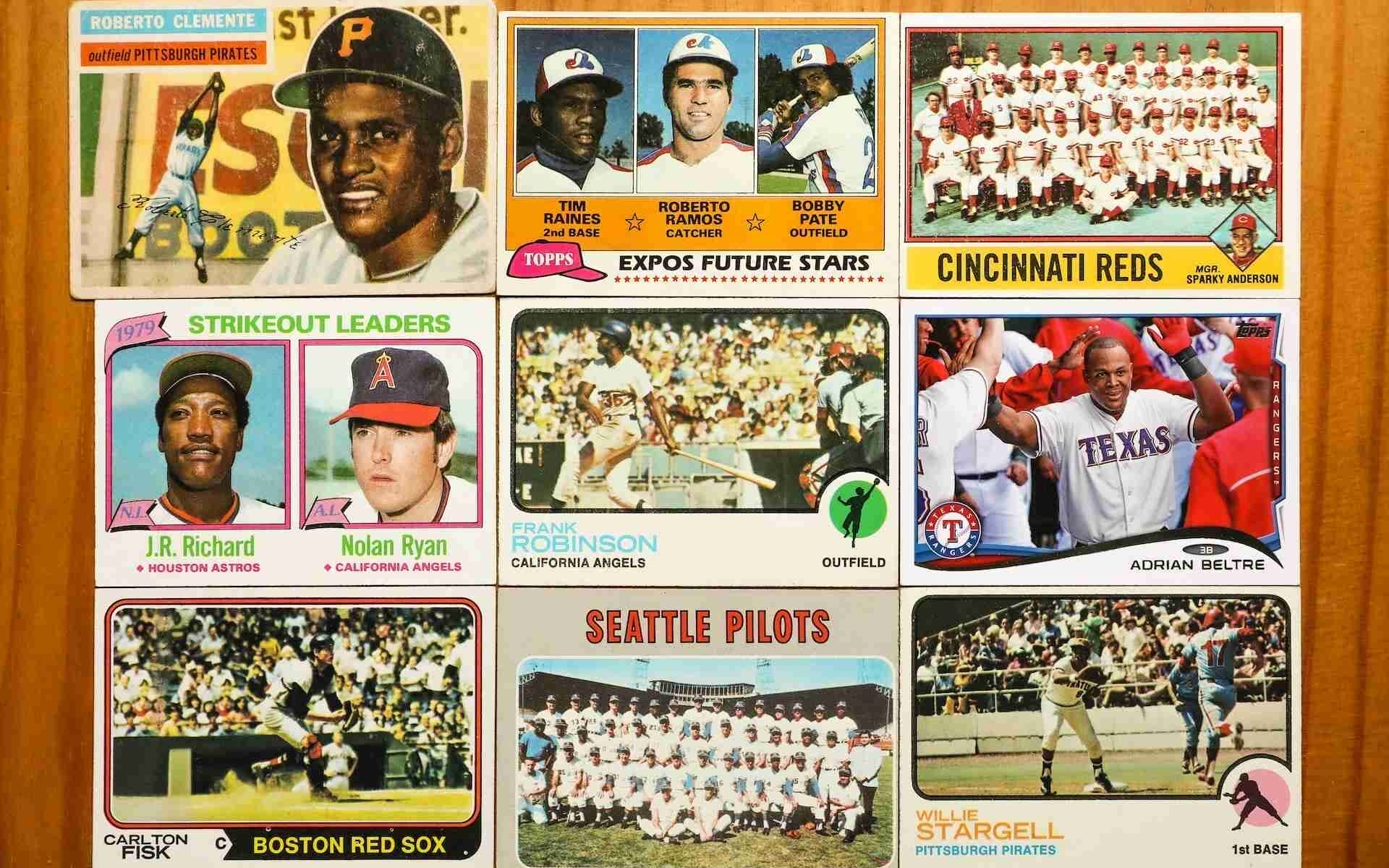
The Golden Age (1930s – 1950s)
The 1930s heralded the Golden Age of trading cards, particularly in the United States. This era saw iconic baseball card sets, such as the 1933 Goudey Baseball set featuring legendary players like Babe Ruth and Lou Gehrig. Beyond sports, the industry ventured into other topical themes that mirrored the international socio-political landscape. Sets like the 1938 Horrors of War series offered graphic depictions of world conflicts, reflecting the intensity of the era’s geopolitical tensions.
The impact of World War II was apparent in the industry. The war years led to a decline in the production of trading cards due to resource constraints, including paper. A shift away from sports and entertainment towards more martial themes became evident, with cards featuring war heroes, military equipment, and patriotic symbols on the rise. Cigarette cards, a widely disseminated form of trading cards, also took a hit during this time.
Expansion and Diversity (1960s – 1980s)
The trading cards phenomenon continued well into the 1960s and 1980s, characterized by an expansion into diverse themes and styles. Embracing the zeitgeist, trading cards branched out from sports themes into sci-fi and fantasy. Cards featuring popular TV shows, such as Howdy Doody and The Lone Ranger, alongside sets exploring increasingly popular science fiction and horror themes like Mars Attacks (1962) and The Outer Limits (1964), emerged.
Technological advancements during this period opened up new design possibilities in the industry. Color lithography, introduced in the 1850s, enabled quicker and less expensive reproductions of multicolor artworks that influenced card production dramatically. Subsequently, gum cards – trading cards packaged with chewing gum – which often sported images of sports stars or popular culture characters, became a vogue format.
Modern Era (1990s – Present)
From the 1990s onward, the trading card industry experienced an unprecedented boom. The introduction of rare cards, holograms, and autographed cards became mainstream, adding layers of value and collectibility. Rare cards, with their limited-edition designs and unique features, became a collector’s delight. Holographic cards introduced visual dynamism to trading cards, while autographed cards bearing the signature of top athletes or celebrities heightened their desirability.
Digital technology further revolutionized trading cards during this time. Online platforms and marketplaces made collecting and trading cards a breeze, bringing accessibility and convenience to the forefront. Digital trading cards came into the picture, offering a virtual and interactive form of collecting and trading. However, this shift brought its share of challenges, such as security and ownership rights issues, now pivotal considerations in the trading cards industry.
The world of trading cards continues to evolve, shaped by a confluence of market trends, technological innovations, and cultural shifts. Through the decades, they have morphed from business promotion tools to cultural artifacts, reflecting the zeitgeist at every turn. Despite the flux in trends and technology, the vibrant history of trading cards proves they are here to stay, offering nostalgic escapism and valuable collectibles for generations to come.
The World of Non-sports Trading Cards

Overview of non-sports trading cards
Entertainment trading cards can trace their roots back to the trade cards of the late 19th century. These small pasteboard cards, brimming with vibrant images and advertising copy, quickly became ubiquitous, inserted in product packaging to delight the consumers. Their illustrative allure, ranging from elegant to witty and sentimental, made them popular collectibles.
Their popularity fostered the birth of trading as collectors would swap cards with each other to complete their sets – giving rise to the term “trading cards”. Over the years, trading cards expanded into different genres beyond mere advertising, particularly settling comfortably within the realm of entertainment.
One of the shining examples of this genre transition was the arrival of superhero trading cards. Characters from DC and Marvel Comics jumped out of the comic books and onto these cards, leaving a significant impact on pop culture. Similarly, trading cards associated with iconic movies like ‘Night of the Living Dead’ brought the cinematic thrill into the hands of collectors, emphasizing the cultural shift in collecting cards.
Interestingly, we are currently witnessing a definitive resurgence in the trading card market. Driven by factors such as low interest rates, uncertainties in traditional investment markets, and the rise of social media influencers and digital assets like non-fungible tokens (NFTs), the trading card market has seen record-breaking sales.
Rise of the sci-fi and fantasy genre: Star Wars, Pokemon, and Magic: The Gathering
The sci-fi and fantasy genres prominently contributed to reshaping the trading card universe. Taking inspiration from Dungeons & Dragons (D&D), illustrator-created fantasy worlds such as ‘The Forgotten Realms’ and ‘Dragonlance’ began appearing on trading cards, aweing the fans with imagination and high-quality artwork.
The 1970s and 1980s were crucial for cementing this genre within trading cards. From the Conan stories of the 1960s inspiring a generation of artists, to the French magazine “Métal Hurlant” nurturing the growth of graphic novels, the aesthetic of sci-fi and fantasy-infused trading cards left a lasting impression.
Trading card games saw a new dawn with Magic: The Gathering’s debut in 1993. Created by Richard Garfield and distributed by his company, Wizards of the Coast, this fantasy-themed card game ignited a revolution. Following its stride, the Pokémon Trading Card Game and Star Wars Trading Card Game attracted millions of players globally, becoming modern-day cultural icons.
The impact of pop culture on trading card trends
Pop culture has played a transformative role in shaping the look and feel of trading cards. The introduction of modern computer graphics within the film industry, for example, revitalized the fantasy genre. Blockbuster adaptations of fantasy books such as Lord of the Rings, Harry Potter, and The Chronicles of Narnia contributed to an upsurge in interest towards fantasy-themed trading cards.
Furthermore, fantasy art, expressed through trading cards, offered a platform for personal and emotional exploration. It enabled artists and audiences to delve into themes of dreams, fears, desires, and the subconscious, resounding with viewers beyond cultural boundaries.
Recent technological developments, often influenced by pop culture trends, have had a significant impact on the trading card industry. The rise of NFTs, for instance, has sparked a new era for trading card games – introducing digital collectibles and allowing for different methods of ownership and transaction.
In summary, entertainment trading cards, rooted in the mid-19th-century advertising trade cards, have stood the test of time, adapting, evolving, and immersing themselves within the realm of entertainment and popular culture. From the iconic superheroes of Marvel and DC to the fantastical realms of Star Wars and Pokémon, these cards have captured the imagination of millions worldwide, becoming an integral part of our cultural fabric.
The Future of Trading Cards: Digital and Beyond
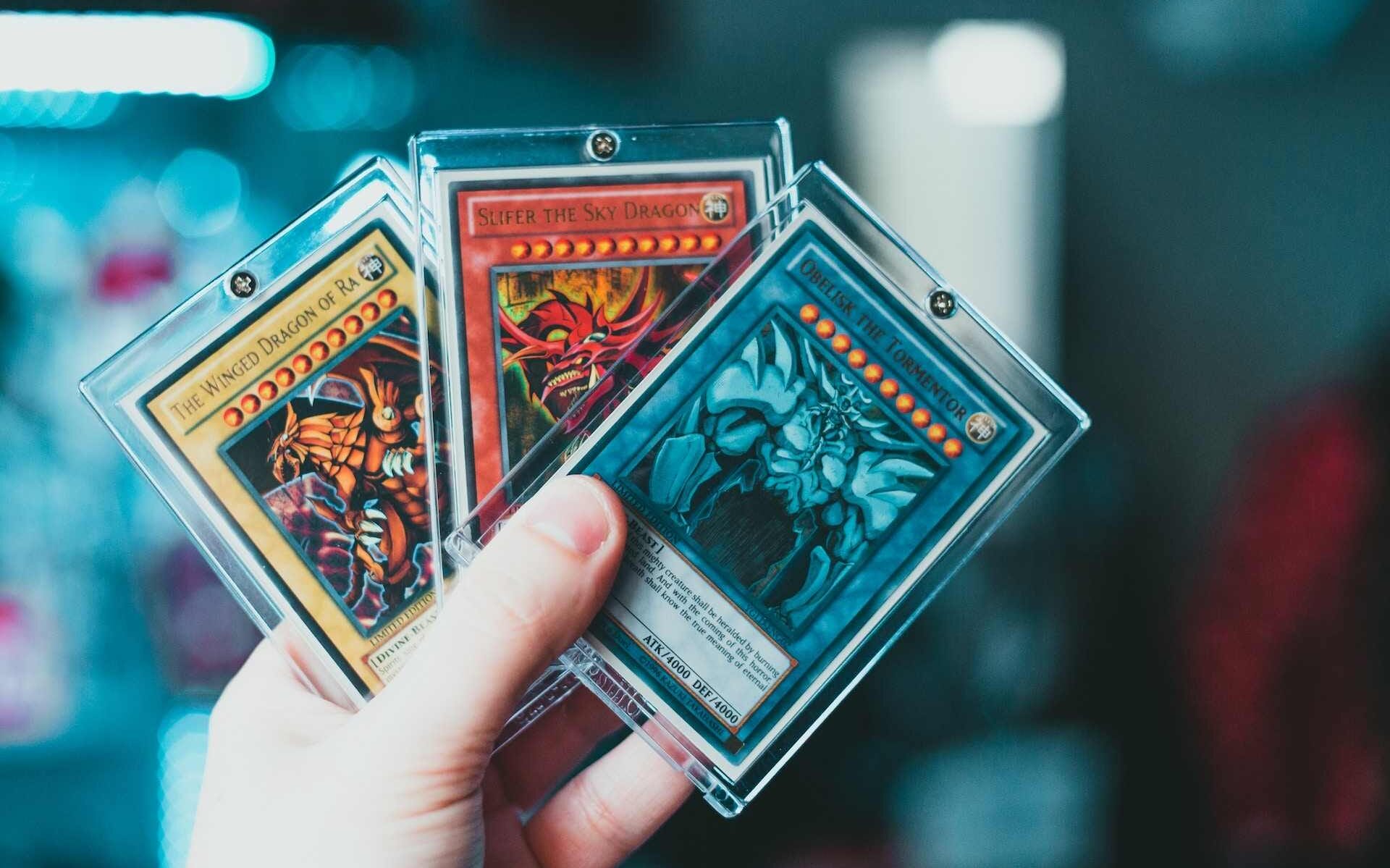
The Advent of Digital Trading Cards
The advent of digital technology has significantly impacted the trading card industry. Digital trading cards, which are virtual versions of traditional trading cards, have gained popularity in recent years. They offer the same thrill of collecting and trading but in a digital format. Digital trading cards can be collected, traded, and even played in online games, providing an interactive and engaging experience for collectors.
Digital trading cards have several advantages over their physical counterparts. They are not susceptible to physical damage, they can be easily stored and organized, and they can be traded instantly with collectors around the world. Moreover, digital trading cards can incorporate multimedia elements, such as animation and sound, enhancing the overall experience for collectors.
The Rise of Non-Fungible Tokens (NFTs)
One of the most significant developments in the trading card industry is the rise of non-fungible tokens (NFTs). NFTs are unique digital assets that are stored on a blockchain, a type of distributed ledger. They can represent ownership of a specific item or piece of content, such as a digital trading card.
NFTs have opened up new possibilities for the trading card industry. They allow for the creation of unique digital trading cards that can be bought, sold, and traded on the blockchain. Each NFT trading card is unique and cannot be replicated, adding a new level of rarity and value to the cards.
The Impact of Blockchain Technology
Blockchain technology has the potential to revolutionize the trading card industry. It can provide a secure and transparent platform for trading digital cards, ensuring that transactions are secure and that ownership is verifiable. Blockchain technology can also enable the creation of smart contracts, which can automate the process of buying, selling, and trading digital cards.
Moreover, blockchain technology can help to solve some of the challenges associated with digital trading cards, such as issues related to ownership and authenticity. By storing information about each card on a blockchain, it can ensure that each digital card is authentic and that ownership is clear and indisputable.
Last words
The history of trading cards is a fascinating journey that reflects the changing trends and technologies of our society. From their origins in the late 19th century as advertising trade cards to their transformation into digital assets on the blockchain, trading cards have continually adapted and evolved.
Today, trading cards are more than just collectibles. They are a form of investment, a medium for storytelling, and a reflection of our culture and society. As we look to the future, it is clear that the trading card industry will continue to innovate and evolve, offering new and exciting opportunities for collectors, investors, and fans alike.
Whether you are a seasoned collector or a newcomer to the world of trading cards, we hope this comprehensive history has provided you with a deeper understanding and appreciation of this enduring pastime. Happy collecting!
Sources


